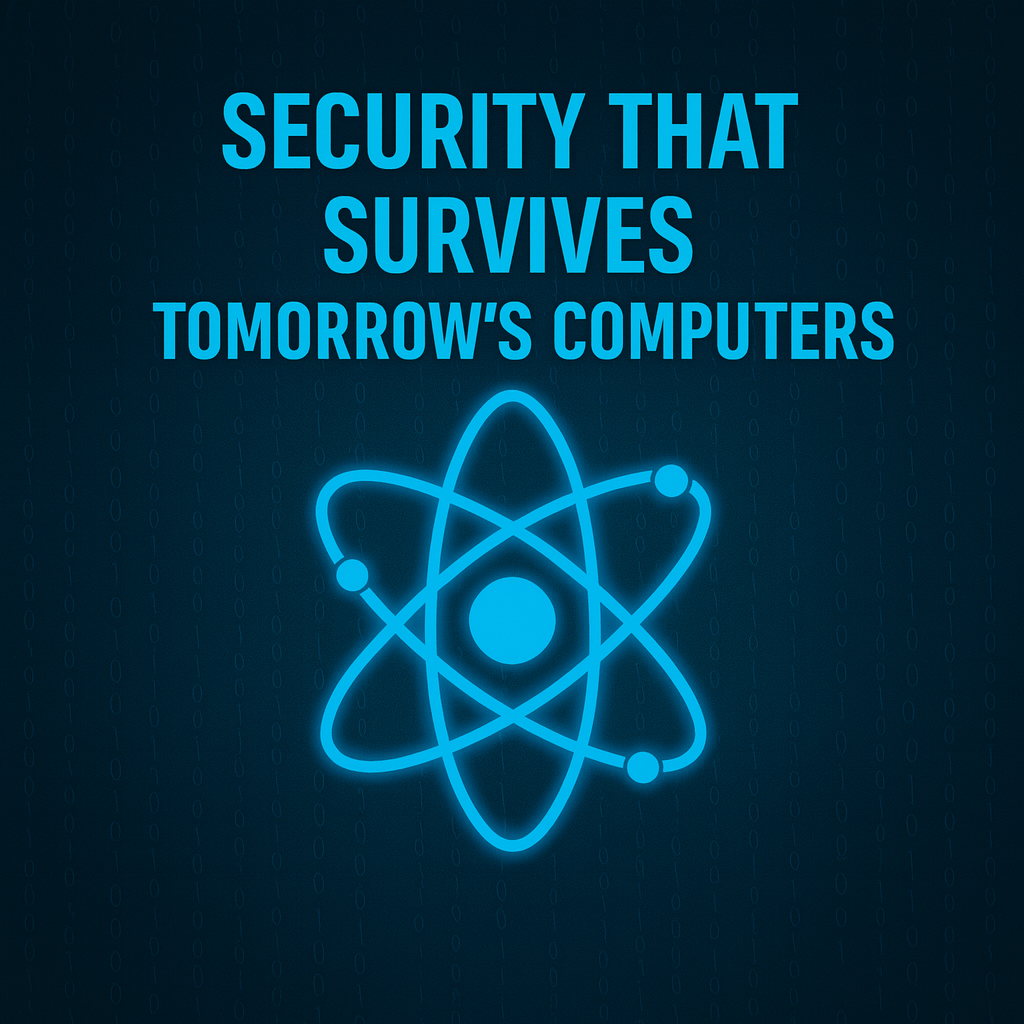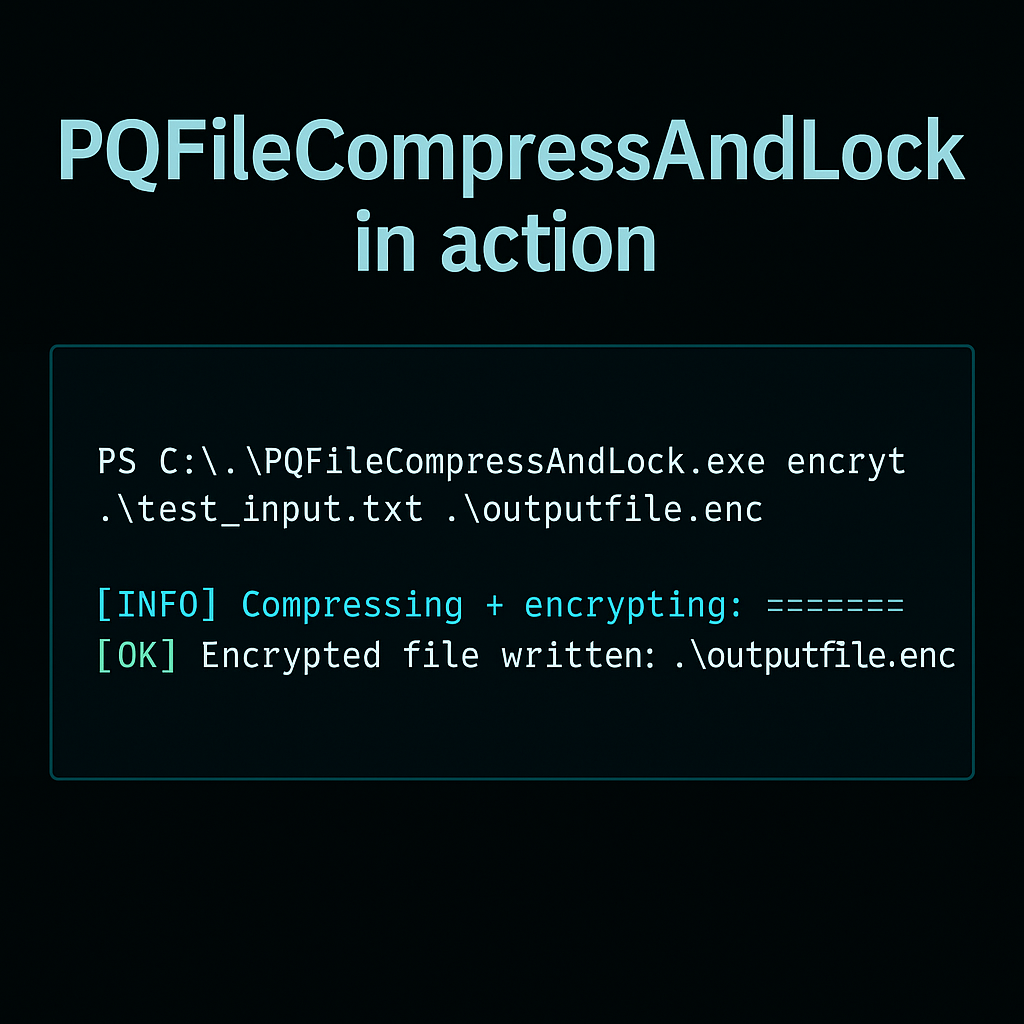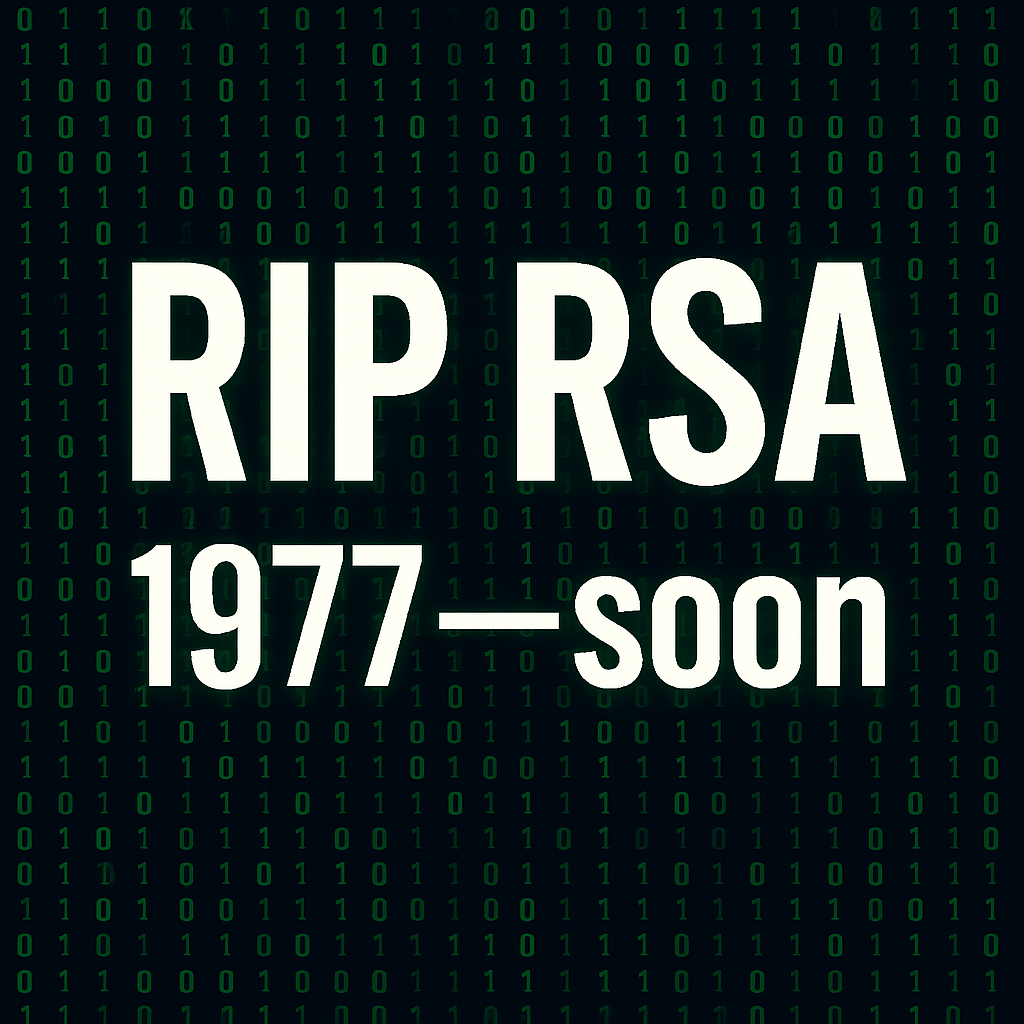🖥️⚛️ Quantum Computer Coding in Silicon Now Possible
In November 2015, Australian researchers at UNSW demonstrated that silicon chips — the same technology used in classical computers — can host and manipulate true quantum code. They created and controlled a pair of entangled qubits on a silicon device and used them to implement quantum operations that cannot be reproduced by any classical computer.
The experiment passed a Bell-inequality test with a record score for a solid-state system at the time, proving that the device was genuinely quantum.
🧱 The Qubits: Electron + Nucleus in Silicon
The system used:
-
A phosphorus atom embedded in a silicon crystal.
-
The nuclear spin of that phosphorus atom as one qubit.
-
The electron spin bound to the atom as a second qubit.
By controlling microwave and radio-frequency pulses precisely, the team:
-
Prepared superposition states of each spin.
-
Entangled the two spins (electron + nucleus).
-
Implemented sequences of operations that represent quantum code, such as superpositions of two-bit strings (e.g. 01+10 or 00+11).
📏 Bell Test: Proving It’s Really Quantum
To show that the system was truly quantum (and not just a clever classical trick), they performed a Bell-inequality test:
-
A Bell test compares correlations between measurements on two qubits to limits imposed by classical physics.
-
If the measured correlations exceed that limit, no local classical theory can explain the results.
-
The UNSW device did exactly that, providing clear evidence of entanglement in a silicon chip.
This confirmed that the device was running genuine quantum operations, not just classical simulations.
🚀 Why This Result Is So Important
-
🧩 Silicon compatibility
Using silicon means that quantum hardware can, in principle, leverage decades of semiconductor fabrication technology. This is crucial for scaling up to many qubits. -
🧠 True “quantum code” on a chip
The experiment showed that quantum algorithms and quantum logic gates can be encoded and executed in the same material used by classical processors. -
🏗️ Platform for scalable quantum computing
Demonstrating entanglement and Bell inequality violation on a chip is a foundational step toward building larger, fault-tolerant quantum processors. -
🔐 Future for quantum-safe ecosystems
As quantum processors mature on silicon, the need for post-quantum cryptography and quantum-safe software (como o ecossistema PostQuantumApps) se torna ainda mais urgente.
🌌 Looking Ahead
This milestone told the world that silicon is not just a classical platform anymore. It can carry quantum information, run quantum logic and, in the future, support full-scale quantum processors.
In other words:
The same material that powered the classical computer revolution may also power the quantum revolution. ⚛️💻














